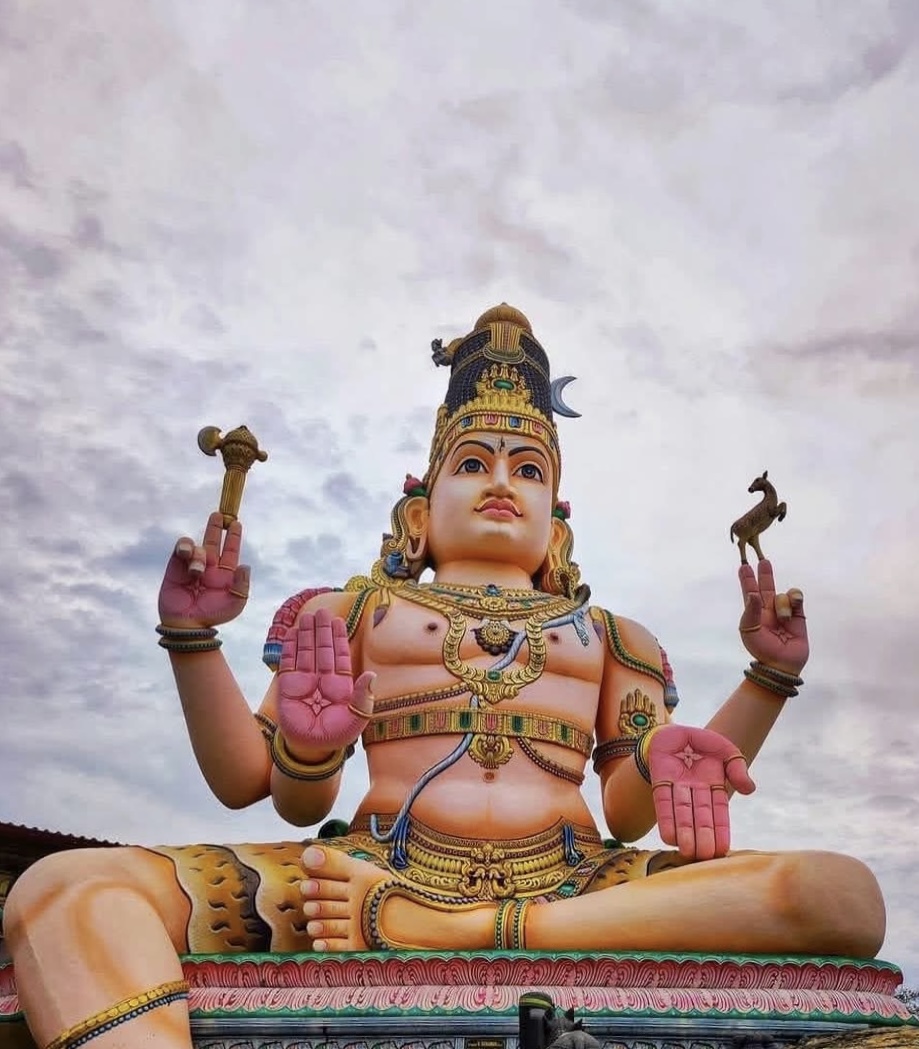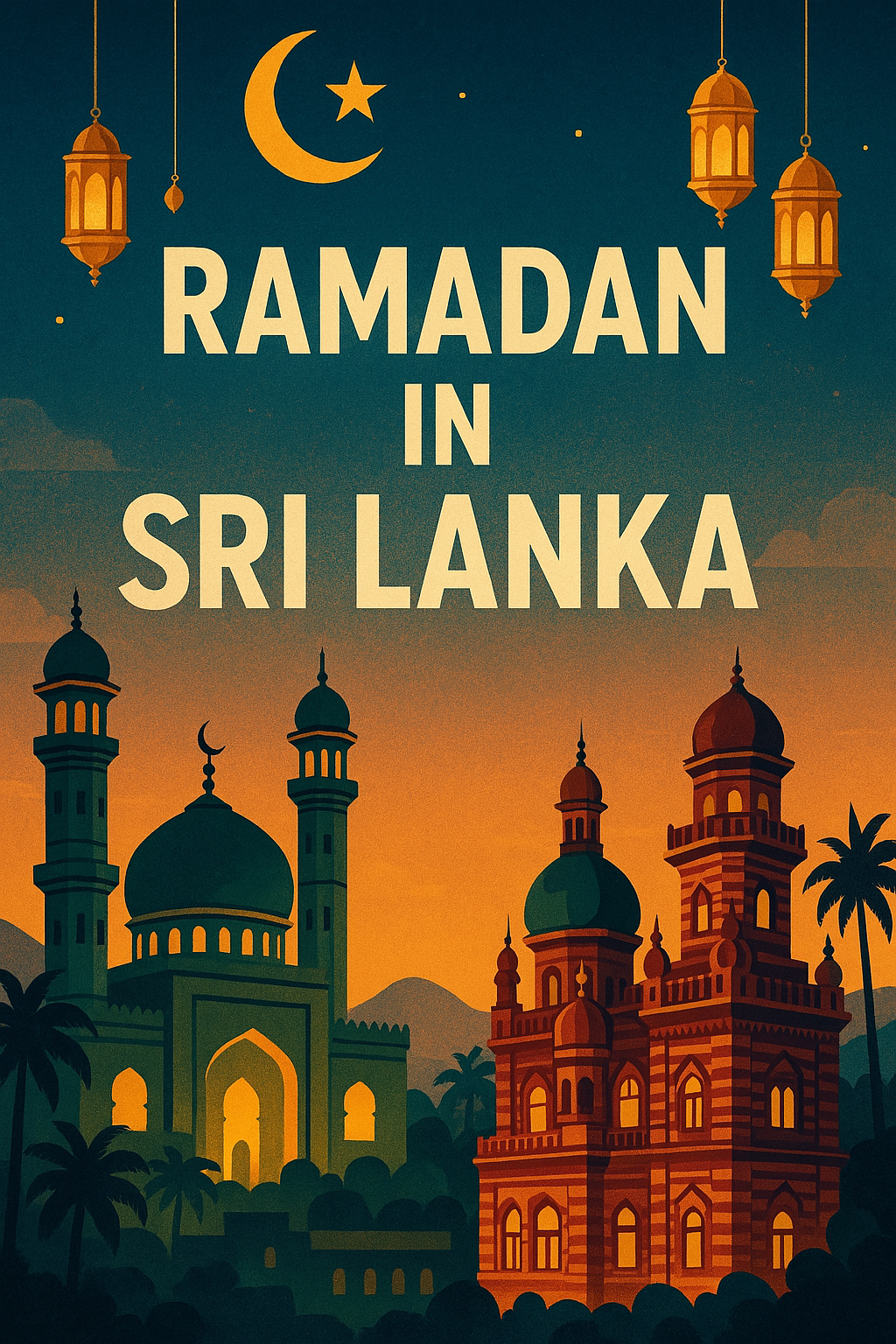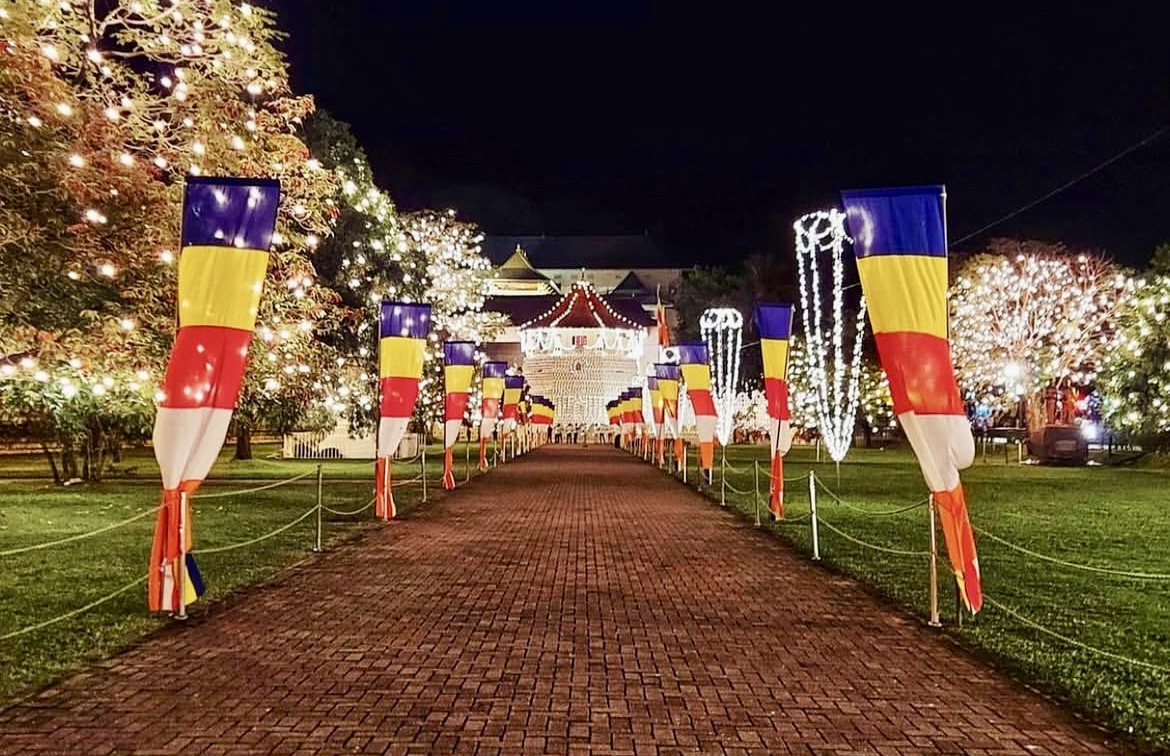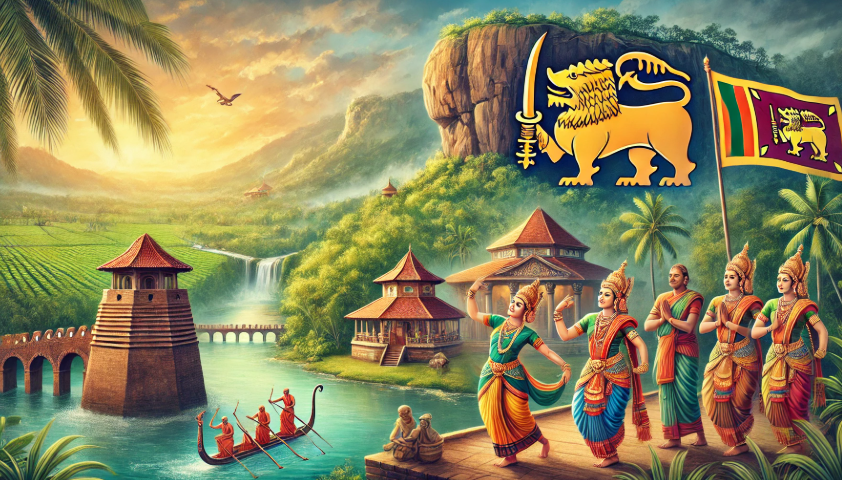The Esala Perahera is one of the most magnificent religious and cultural festivals in Sri Lanka. It draws thousands of spectators from around the world. Held annually in the historic city of Kandy, this grand procession is a vibrant show of Sri Lanka’s rich traditions. It showcases Buddhist heritage and artistic excellence. The Esala Perahera honors the Sacred Tooth Relic of the Buddha. This relic is enshrined in the Temple of the Tooth (Sri Dalada Maligawa). It is a breathtaking event. It blends devotion, history, and pageantry. This combination makes it one of the most extraordinary spectacles in the world.
Historical Background of Esala Perahera
The origins of the Esala Perahera date back to ancient times. Its roots are intertwined with Buddhism. They are also linked with the protection of the Sacred Tooth Relic. The Tooth Relic arrived in Sri Lanka from India in the 4th century AD. This occurred during the reign of King Kithsirimevan (301–328 AD). Since then, it has been regarded as a symbol of sovereignty. Successive kings held grand processions to honor the relic.
The festival originates from pre-Buddhist fertility rituals. These were linked to the worship of the Hindu god Skanda (Murugan). The tradition of the Perahera evolved over centuries, blending Hindu and Buddhist elements to form the grand event seen today. The current form of the Esala Perahera dates back to the 18th century. Its origin lies in the reign of King Kirthi Sri Rajasinghe. He established the practice of including the four Hindu Devales (Vishnu, Kataragama, Natha, and Pattini) in the procession.
(Photo credits to the rightful owners)
Structure of the Esala Perahera
The Esala Perahera is a 10-day festival consisting of several processions, each with its own significance. The festival includes the following phases:
1. Kumbal Perahera
The first five nights of the festival feature the Kumbal Perahera. It is a relatively simple procession. The procession marks the beginning of the celebrations. It is believed that watching the Kumbal Perahera brings blessings, and many children are encouraged to join in.
2. Randoli Perahera
The final five nights witness the grand Randoli Perahera, a more elaborate and spectacular procession. The highlight of the Randoli Perahera is the majestic tusker. It carries the golden casket that holds a replica of the Sacred Tooth Relic.
3. Diya Kepeema Ceremony
The Esala Perahera concludes with the Diya Kepeema ritual at the Mahaweli River. At this location, the chief priests carry out a symbolic water-cutting ceremony. This act is meant to invoke blessings for the country.
Highlights of the Esala Perahera
The grandeur of the Esala Perahera is unparalleled. Travelers are mesmerized by the next elements:
1. Majestic Elephants
Adorned in lavishly decorated garments, the elephants are a significant feature of the procession. The main tusker, carrying the casket, leads the parade, accompanied by dozens of other elephants parading with dignity.
2. Traditional Dancers and Drummers
Cultural performances form the heartbeat of the Perahera. Kandyan dancers, whip crackers, fire dancers, and drummers captivate the audience with their energetic movements and rhythms.
3. Torch Bearers
Oil torches illuminate the streets, creating a mystical ambiance. Torchbearers line the route, ensuring the procession is visible even in the darkness.
4. Whip Crackers and Flag Bearers
The procession starts with whip crackers who announce the arrival of the parade. Flag bearers carry colorful flags representing different provinces and religious institutions in Sri Lanka.
5. The Sacred Relic Casket
The sacred golden casket is at the heart of the procession. It is carried on the back of a grand tusker. This symbolizes the presence of the Sacred Tooth Relic and is the most revered part of the Perahera.
Current-Day Esala Perahera
Today, the Esala Perahera continues to be a major attraction, drawing both local and foreign visitors. Modern-day logistics guarantee the event is organized efficiently, with designated areas for spectators, VIP seating, and live television broadcasts. While traditions stay intact, contemporary influences have enhanced the experience for attendees.
(Photo credits to the rightful owners)
Travel Tips for Visitors
If you are planning to witness the Esala Perahera, here are some essential travel tips:
1. Best Time to Visit
The festival takes place in July or August, depending on the lunar calendar. It is advisable to check the official dates in advance.
2. Booking Accommodation Early
Since Kandy gets extremely crowded during the festival, it is recommended to book your accommodation well in advance.
3. Best Viewing Spots
The best locations to view the Perahera include:
- The Queen’s Hotel area
- The Temple of the Tooth precincts
- Private viewing galleries (offered by some hotels and businesses)
4. Dress Code and Etiquette
As the Esala Perahera is a religious event, visitors should dress modestly. Wearing white clothing is considered appropriate.
5. Arriving Early
To secure a good viewing spot, it is advisable to arrive several hours before the procession starts.
6. Security and Safety
The event is heavily secured, but visitors should stay cautious of pickpockets. Carry only essentials and keep valuables secure.
7. Photography Tips
- Use a good camera with low-light settings, as the event takes place at night.
(Photo credits to the rightful owners)
8. Food and Refreshments
Carry bottled water and snacks, as food stalls are limited during the event.
Conclusion
The Esala Perahera is more than just a festival. It is a living heritage that embodies Sri Lanka’s spiritual and cultural essence. Whether you are a devout Buddhist or a curious traveler, witnessing this grand spectacle is a once-in-a-lifetime experience. The rhythmic beats of the drums are mesmerizing. The dazzling lights captivate the eyes. The majestic tuskers carrying the sacred casket create an unforgettable memory.
If you are planning to visit Sri Lanka, try to time your trip around the Esala Perahera. This will allow you to immerse yourself in the island’s rich traditions. You will also witness an awe-inspiring celebration of faith and devotion.
Start Your Journey Today
Sri Lanka is calling! With breathtaking scenery, rich cultural experiences, and welcoming locals, it’s a destination you’ll never forget. Let Sri Lanka Travel Paradise be your trusted companion as you explore this enchanting island.
📢 Follow us for weekly updates and travel inspiration!





















































